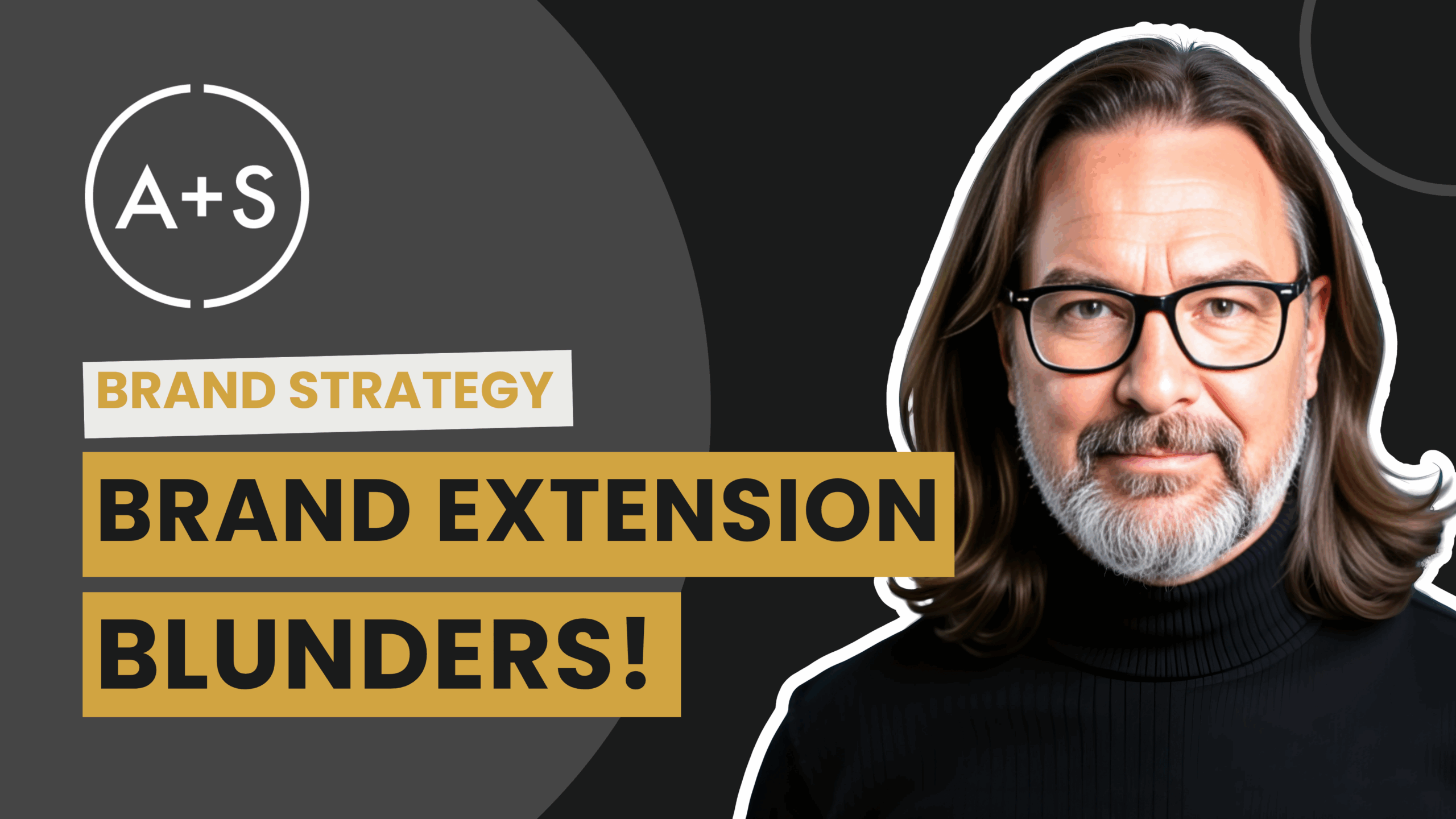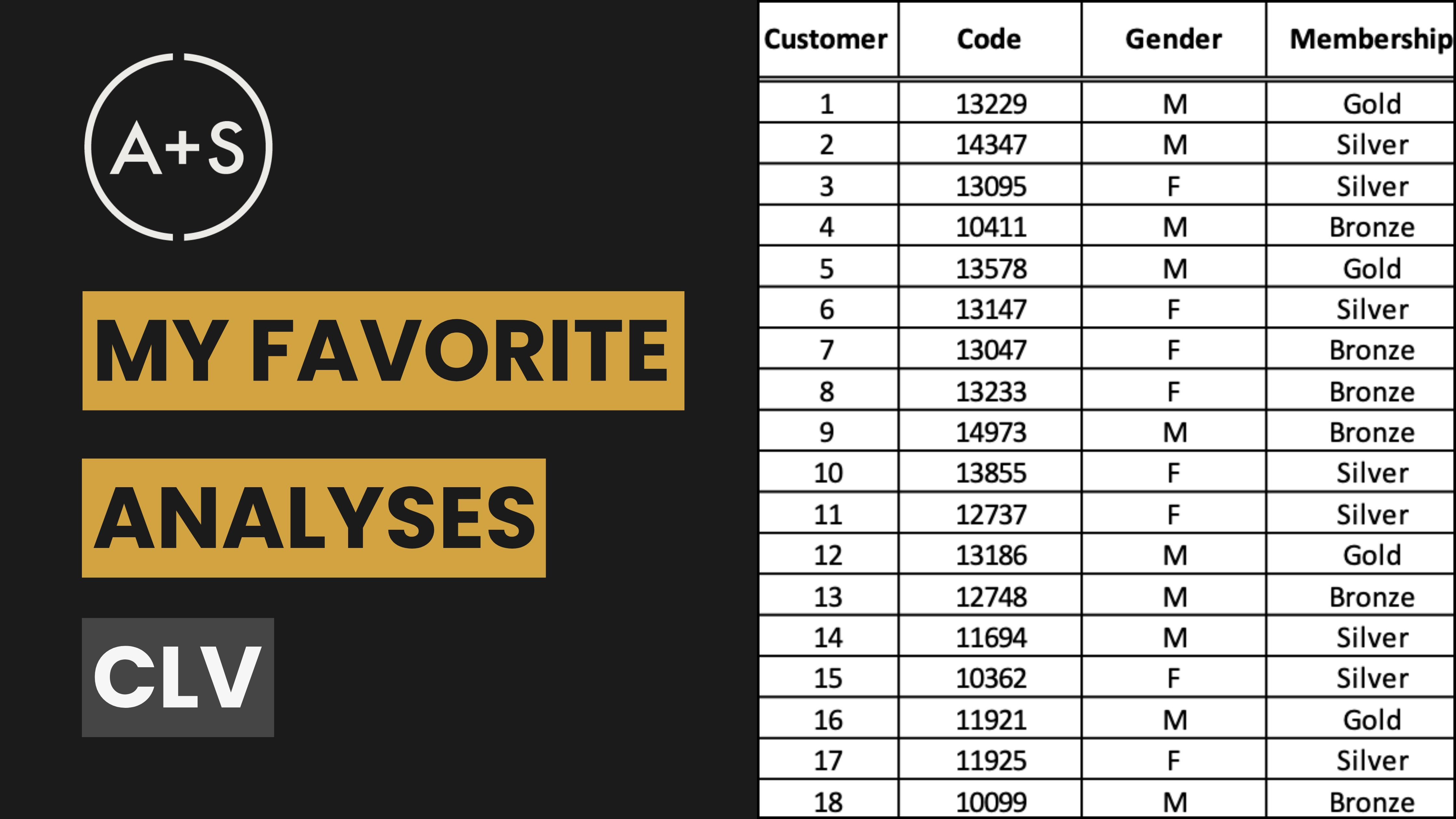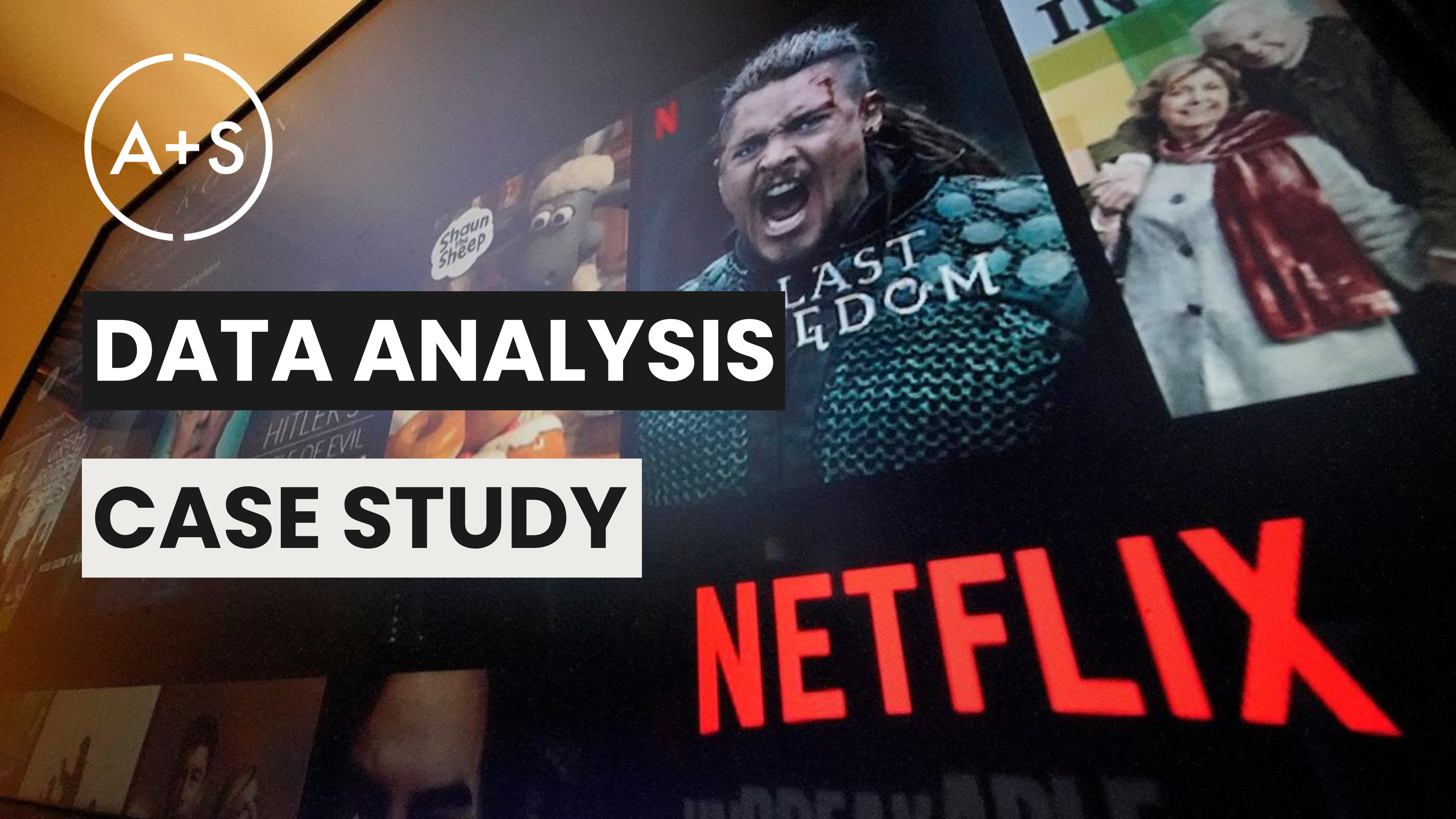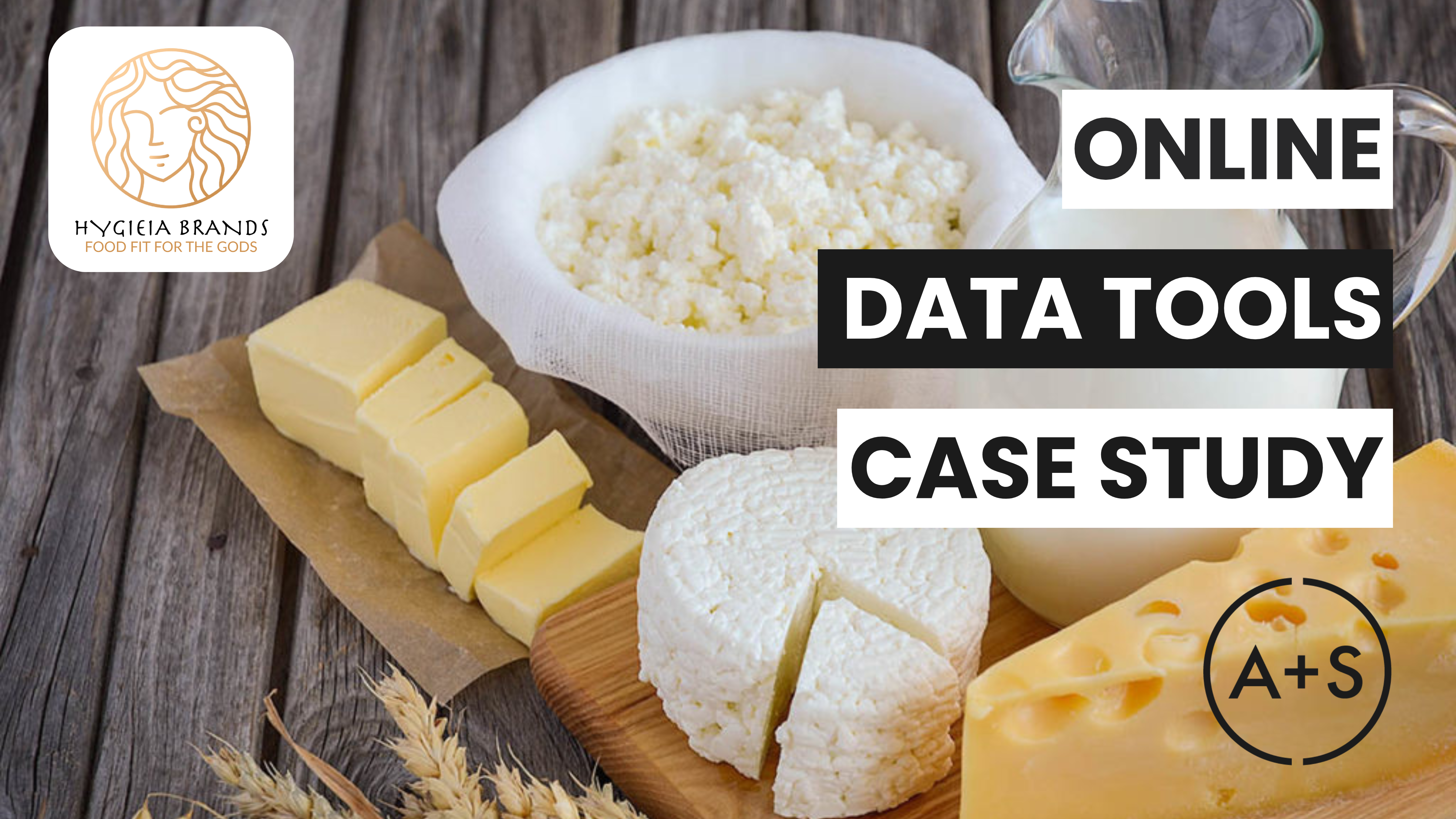Last week, we explored how powerful storytelling breathes life into a brand’s digital presence, forging genuine connections with an audience. That connection and brand equity are valuable assets. So valuable, in fact, that it’s tempting to leverage them for growth by stretching the brand into new territories. This is the siren song of the brand extension.
But what happens when that siren song leads directly into the rocks? For every successful stretch like Disney moving from cartoons to theme parks, there’s a graveyard of brand extension blunders that leave us wondering, What were they thinking? This week, we’re stepping into that graveyard to examine the “bad” and “ugly” side of brand extensions – the cautionary tales that offer powerful lessons for every data-driven strategist.
The “Bad”: When the Brand Just Doesn’t Help (Or Actively Hurts)
The “bad” is what happens when a brand’s strength and credibility are such a poor fit in a new context that they fail to help, or even actively inhibit, the new product’s chances of success. The parent brand’s associations, instead of providing a helpful tailwind, become a powerful headwind. According to Aaker’s analysis, this tends to happen in two primary ways:
1. Bad Fit and Lack of Credibility
This classic failure mode occurs when a brand’s identity is strongly tied to a specific lifestyle, set of values, or user image that simply doesn’t align with the new product category, creating a jarring mismatch for consumers. The brand lacks permission to play in the new space.
- Harley-Davidson Wine Coolers: The brand discovered that its rugged biker image did not work for wine coolers, a product that failed to resonate with its target audience.
- Levi Strauss “Tailored Classics”: A line of men’s suits failed in large part because Levi’s powerful associations with casual living, rugged materials, and the outdoors were fundamentally incompatible with the world of formalwear.
- Bic Perfume: The company attempted to bring its value proposition of convenience and disposability to the perfume arena but lacked the credibility and image required for such a prestige-driven product.
- The Swatch Car: Swatch’s credibility in making colorful, fun watches did not, it turns out, transfer to the infinitely more complex and high-stakes world of automobiles.
2. Incompatible Sensory Associations
A brand’s equity is sometimes built on a powerful sensory hook: a taste, a smell, a feeling. When that specific association is transferred to a category where it’s not just irrelevant but actively unappealing, the extension is doomed from the start.
- Lifesaver Soda: Its core candy association created the expectation of a drink that tasted like liquid candy, which proved unappealing as a beverage.
- Frito-Lay Lemonade: The powerful brand link to salty snacks created the unappetizing notion of a “salty lemonade”.
- Colgate Kitchen Entrees: Perhaps the most infamous example, the brand’s inescapable connection to “toothpaste taste” created an insurmountable hurdle for a line of food products.
These “bad” extensions are costly mistakes and missed opportunities. However, they typically fail without inflicting lasting harm on the parent brand. A far more dangerous scenario unfolds when the extension doesn’t just fail to launch but actively pulls the mothership down with it.
The “Ugly”: When the Extension Actively Damages the Parent Brand
Worse than a failed product is one that lingers just long enough to harm the parent. The “ugly” outcome is when an ill-advised or poorly implemented extension damages the firm’s most valuable asset: the brand itself. This brand damage can happen in several distinct ways:
1. Diluting Existing Brand Associations
For luxury or lifestyle brands, value is tied to a very specific and sharp image. The “ugly” begins when undisciplined extensions add so many new, often inconsistent, associations that the original, highly-valued meaning becomes blurred and diluted for everyone.
- The undisciplined overuse of the Lacoste Alligator and the Gucci brand name eroded their premium image and ability to deliver self-expressive benefits, requiring slow and expensive recoveries to restore their prestige.
2. Creating Undesirable Attribute Associations
Unlike dilution which muddles an image, this type of damage adds a sharply negative or contradictory trait to the brand’s profile. An extension can create new associations that are potentially damaging to the brand in its original context.
- There was a significant risk that Sunkist fruit rolls could hurt the brand’s core health image or that Black & Decker introducing small appliances could tarnish its powerful, rugged tool image.
- Similarly, the high-fashion designer Halston saw his brand’s prestige evaporate in the 1980s after signing a deal to create a lower-priced line for mass-market retailer J.C. Penney. The association with a budget-friendly department store was so damaging that high-end retailers like Bergdorf Goodman dropped Halson’s main collection, tarnishing his exclusive image.
3. The Brand Fails to Live Up to Its Promise
The ultimate risk is a catastrophic failure in the new product that creates a crisis of trust. When this happens, the damage isn’t contained; it can infect every product carrying the brand name, especially if the extension doesn’t deliver on the key brand promise.
- The Audi 5000 was accused of having a “sudden acceleration” problem. Even though the accusation was almost certainly false, the crisis held back the entire Audi line for two decades, demonstrating how a problem with one product can poison the parent brand.
- The threat of a single, devastating incident is why Fisher-Price has been inhibited from entering the child-care business; a negative event there could affect its entire broad portfolio of children’s products.
Taken together, the “bad” outcomes (where the brand fails to help the extension) and these ”ugly” ones (where the extension actively harms the brand) serve as powerful warnings. They highlight the significant risks of a poorly conceived strategy and underscore the critical need for a strategic check-and-balance, a role perfectly suited for the data analyst.
The Analyst’s Playbook: Principles and Prevention
Faced with these cautionary tales, it’s clear that intuition and ambition alone are poor guides for brand extensions. As analysts, we are the guardians at the gate, tasked with bringing objective rigor to the conversation and transforming strategic ambition into calculated risk. Our role is to ask the tough, data-backed questions before a bad idea becomes an ugly reality.
Here’s how to put that into practice:
- Prioritize Fit and Credibility with Rigorous Analysis. A brand must have believable permission from consumers to enter a new space. It’s the analyst’s job to verify this through market and fit analysis before launch. For example, audience perception studies could have immediately flagged the negative “toothpaste taste” association for Colgate Kitchen Entrees, while market research into the beverage preferences of Harley-Davidson’s core customers would have revealed the clear mismatch for its wine coolers.
- Forecast the Full Impact of Brand Associations. An extension can enhance a brand’s image or severely damage it by creating undesirable associations. Analysts must model this risk by forecasting the potential for brand dilution – as seen with the overuse of the Gucci brand – or the creation of negative attributes, such as the risk of Sunkist fruit rolls harming its health image. Tracking shifts in brand perception and core attribute association is the practical way to measure this.
- Ensure the Offering Lives Up to the Brand’s Promise. A strong brand can only enable an innovative offering; it cannot save a weak one. The analyst’s role is to flag the “narrative vs. reality” gap where a product fails to deliver on the brand’s key promise. For instance, if Black & Decker’s kitchen appliances were perceived as unreliable, analysts would be responsible for tracking whether that negative perception was damaging the core power tool image, connecting performance data to the brand’s story.
By embedding these actions into our process, we move from being passive reporters of data to active strategic partners in protecting the brand.
Final Thought: Strategic Stretching, Not Wishful Wandering
Brand extensions are a powerful tool for growth, but they are a scalpel, not a sledgehammer. The difference between a “good” extension and an “ugly” one often comes down to strategy. Ad-hoc, opportunistic decisions are risky. A rigorous, data-driven approach that respects the brand’s core identity, understands customer perception, and courageously flags risks is the only way to ensure a brand’s stretch leads to new heights, not to a cautionary tale.
See you next week and Keep Analyzing.




